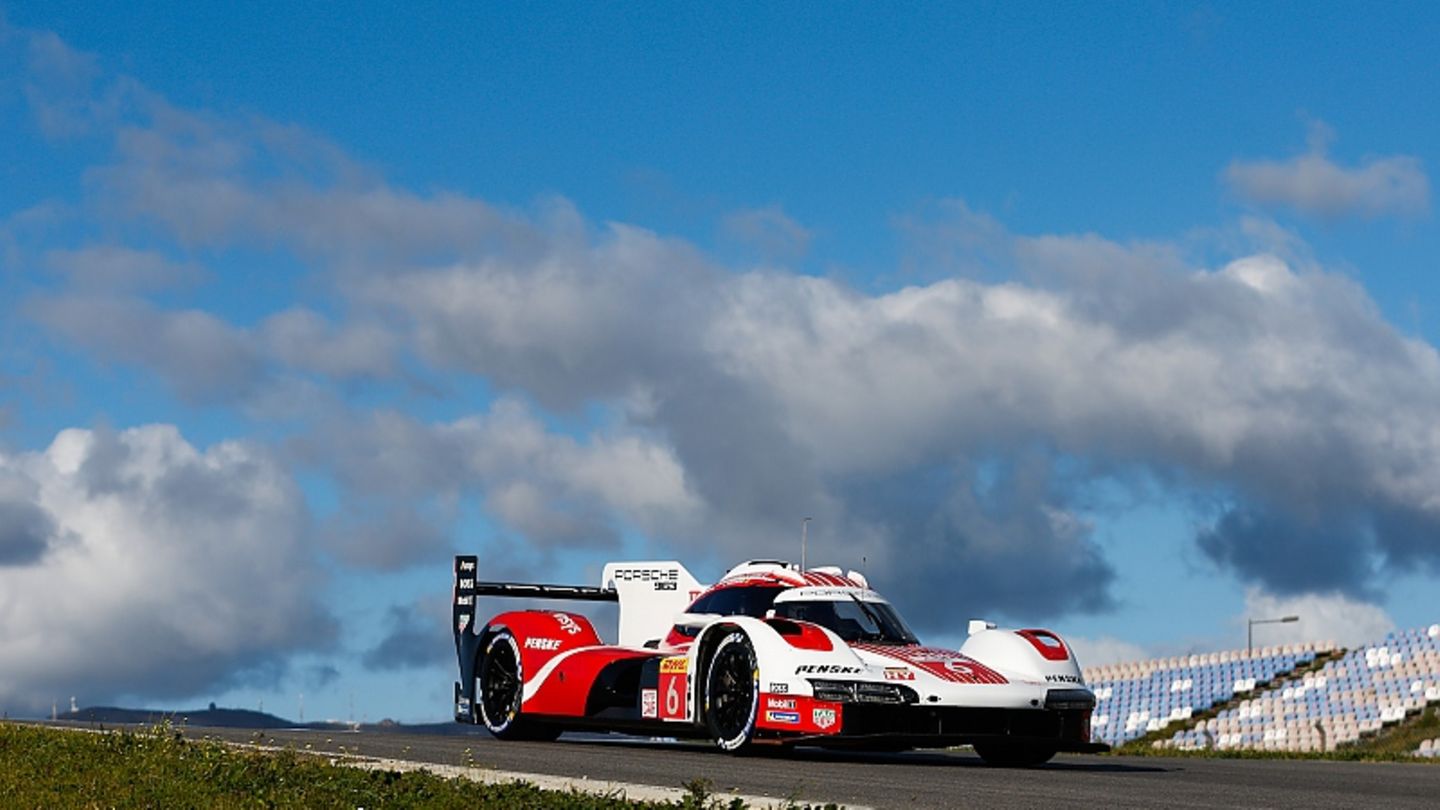Hybrid technology is under a lot of pressure because more and more customers are switching from combustion engines directly to electric cars. For motorsport, however, hybrid partial electrification could be the long-awaited rescue.
Purely electric motorsport – things are still looking bleak there at the moment. There is Formula E, now in its ninth season, which has still not made a breakthrough with audiences in most countries. Critics are firmly convinced that Formula E will never make it into the hearts of motorsport fans all over the world, despite the latest racing cars of the third electric generation, excellent racing drivers and attractive track locations. But it would be unfair to Formula E to condemn it completely, because compared to its electric sister series Extreme E, it almost inspires the masses. Away from these two series, there is not much that revolves around electricity and while Audi is trying to win the prestigious Dakar Rally with an electric model and range extender, things are looking difficult in electric motorsport off the beaten track as well.
It is currently hard to believe that a purely electric racing series will be able to achieve an international breakthrough in the coming years. No wonder that many want to go half the step and rely on hybrids. Motor racing is thus following everyday cars, because here, too, many brands around the world initially opted for hybrids. The Asian manufacturers in particular – above all Toyota – made hybrid technology acceptable 25 years ago. With a first-generation Prius, which wanted nothing to do with sporty driving performance, but was intended to reduce real consumption at moderate speeds to a minimum, Toyota made the partially electric drive acceptable.
Many of the established car manufacturers now have hybrid models on offer – preferably with plugs as plug-in hybrids, which in their latest generations, thanks to larger batteries, achieve purely electric ranges of 100 kilometers or more and can therefore be used as purely electric models, especially in city driving . The best examples are the new generations of BMW X5 / X6 / 7 Series, Mercedes C-Class / GLE or Audi A6 / A8 / Q8. But there is another way. Opel is trying to position its new GSE variants of the Astra or Grandland as sports versions without any significant increase in performance, Peugeot is offering its most powerful 508 solely as a 265 kW / 360 hp PHEV hybrid with all-wheel drive. BMW goes a step further with its polarizing luxury SUV XM. The dynamic brother of the BMW X7 is available either with 480 kW / 653 hp or as XM Red Label with 550 kW / 748 hp. In both cases, the 4.4-liter V8 twin turbo is supported by a powerful electric motor, which either provides additional thrust or drives the more than 2.5-ton all-wheel colossus purely electrically.
Mercedes also continues to rely on plug-in hybrids for EQ models alone. At least as imposing as it is polarizing: the Mercedes AMG C63, whose four-liter eight-cylinder has been replaced by a narrow four-cylinder. An electric motor provides the necessary additional power, increasing the total output to 500 kW / 680 hp. The technology for these high-performance engines mostly comes from motorsport, and this year many are looking at the new prototypes in the WEC (World Endurance Championship) and IMSA (International Motor Sports Association) racing series, which make world-class hybrid technology affordable for manufacturers and desirable for viewers should do.
After various hybrid attempts, there is now a great beacon of hope worldwide and that is the LMDh. After the once so image-laden WEC with the highlight of the season Le Mans has lost interest in recent years due to a lack of competition, everything should now be different. For years, Audi had won the former LMP1 class of prototypes and the 24-hour race at Le Mans, bringing racing technology such as direct fuel injection or high-performance diesel drives to series maturity. The Ingolstadt-based company was followed by multiple victories by Porsche and Toyota, who also relied on hybrid power at the technical level of Formula 1. The racing series has become so expensive over the years that the overpowering manufacturer ran out of competition.
That should now change, because the new LMDh racing series should not only bring new manufacturers back onto the racing stage with affordable technology, but also show the public that hybrid technology is something for the home garage. Efficiency and dynamism go hand in hand. Already at the first race of the season, the 24 Hours of Daytona at the end of January, interest was greater than ever. This is where the first cars made their big appearance in the new LMDh class, which is set to hit the bullseye in equal measure in Europe, the USA and Asia. Porsche and BMW, who entered the season opener with high expectations thanks to their hybrid prototypes, however, stood no chance against Honda with their Acura ARX-06, which celebrated a double victory in front of three Cadillac V-LMDh. In the next races, things should go better for the Porsche 963 and the BMW M Hybrid V8.
The technology in the LMDh class of the American IMSA series is identical to that in the WEC class. The power hybrids, which weigh at least 1,030 kilograms, have a maximum total output of 500 kW / 680 hp and according to the current classification per driving stage (stint) may have an energy flow of 920 megajoules and when refueling 23 megajoules per second may flow. It sounds complicated, but leaves the manufacturers all options. The V-LMDh is powered by Cadillac’s new LMC55R 5.5-liter V8 coupled with the LMDh hybrid system. According to the standard specification, the naturally aspirated engine developed by Cadillac in-house delivers up to 670 hp and is supported by a seven-speed sequential gearbox. Rory Harvey, Cadillac Global Vice President: “As Cadillac works toward an all-electric future, the new V-LMDh underscores our commitment to exploring new advanced performance technologies.”
The concept of the Daytona winner Honda looks a little different with their Acura ARX-06. The hybrid powertrain is based on the Acura AR24e internal combustion engine, a bespoke 2.4-liter, twin-turbocharged, direct-injected racing V6. The V6 engine is the smallest combustion engine that HPD has developed for long-distance races – nevertheless, it also delivers the up to 500 kW / 680 hp of the competitors. “HPD can look back on a 30-year history of race wins and championships,” says David Salters, Technical Director of HPD, “We race, we develop our engineers and technologies through racing.” One problem: in addition to the powerful main drive, the vehicles only have a comparatively small electric motor. The standard motor from Bosch contributes a slim 50 kW / 68 hp as a boost. More important is the recuperation, with which the hybrid-experienced pilots bring the braking power back into the battery pack.
Even if the hybrids will soon be going to the 12-hour race at Sebring, almost everyone is already looking to Le Mans, where the 10th/11th June with the 24 hours the season highlight takes place. In the hyper class – consisting of the LMDh series and the hypercars of the WEC – 16 vehicles will start this year – more than in more than a decade. Last year’s winner and favorite Toyota is not only chased by four Porsche 963 and two Ferrari 499 P, but also two Peugeot 9X8 and the small series manufacturers Glickenhaus and Vanwall. Just in time for the 100th anniversary of the Le Mans race, electrification as a technology of the future is making inroads across the board. Next year it will be even more colorful with more starters in the LMDh field; then BMW and Lamborghini, among others, will start with other vehicles that are currently still waiting or only start in the American IMSA. It could be the breakthrough for hybrid technology in racing, which is also making its way to other racing series down to popular sport.
Source: Stern
I’m a recent graduate of the University of Missouri with a degree in journalism. I started working as a news reporter for 24 Hours World about two years ago, and I’ve been writing articles ever since. My main focus is automotive news, but I’ve also written about politics, lifestyle, and entertainment.




